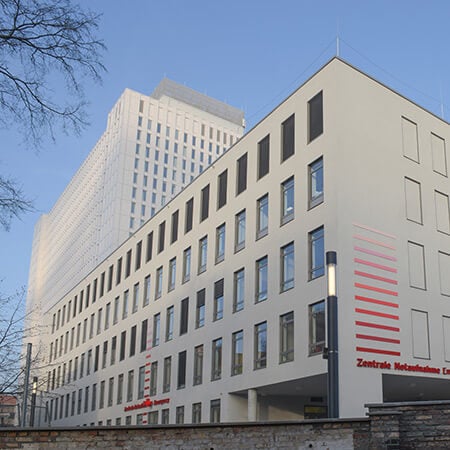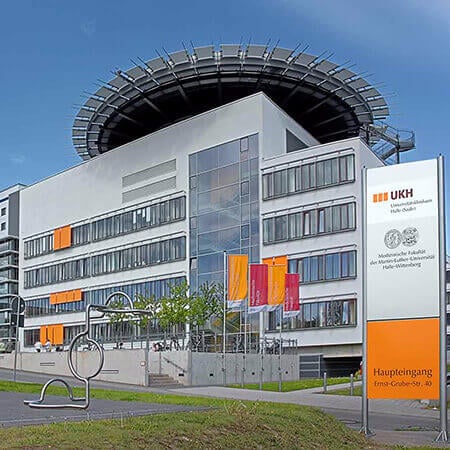About the disease
Systemic lupus is an autoimmune disease, whereby the immune system becomes hyperactive and can affect various organs such as the skin, kidneys and heart. It can also cause joint problems. Lupus develops when antigens attack healthy tissue and cells. They can attack any part of the body. The most common symptoms of the disease are swelling and pain in the joints, and a skin rash.
According to the Lupus Foundation of America, approximately 1.5 million Americans have lupus. Worldwide, there are approximately 5 million with a mild to severe form of lupus. This disease is much more common in women than in men, with 90% of all cases being diagnosed in women. Lupus usually manifests itself between the ages of 15-45. In some people this disease can be latent for a whole lifetime and won’t manifest itself in any way. Certain chemical radicals, continuous exposure to sunlight, smoking and emotional stress can cause lupus to develop in people who have a genetic predisposition to it. Lupus is not a contagious disease and cannot be transmitted. There can be periods when the symptoms flare up, causing the sufferer pain in their joints and organs, or they may notice changes in their weight or skin. There can also be periods of remission, when all symptoms of lupus subside. Although the exact cause of lupus is not known, some researchers believe that hormonal changes can cause lupus to develop.
Symptoms
- Butterfly rash on the skin
- Red patches on the skin
- Ulcers in the mouth
- Swollen, painful joints
- Hearing loss
- Dizziness
- Fever
- Headache
Diagnosis
- During a general examination the doctor will examine any rashes on the patient’s skin, pain in their joints and signs of fever.
- A blood test can determine the amount of antibodies in the bloodstream.
- An X-ray of the patient’s joints can identify whether lupus has damaged the joints at all.
- Imaging tests of the heart and lungs are also useful in checking to see if lupus has affected them as well.
Treatment
- Although there is no definite cure for systemic lupus, there are many ways to ease the symptoms and prolong periods of remission, using conservative treatment methods. Special anti-inflammatory drugs can be used to reduce joint pain. Special steroid creams can be used to reduce the red patches and rashes on the skin. Corticosteroids can be used to calm down the body’s immune system. Continuous exposure to ultraviolet sunlight should be avoided and lifestyle changes can alleviate other symptoms.
Authors: Dr. Vadim Zhiliuk, Dr. Sergey Pashchenko
















